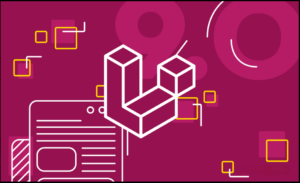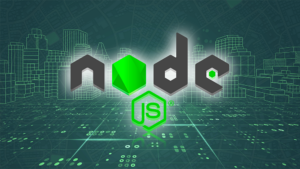
Without question, the Internet ranks among the most important things for almost everyone globally. It is challenging to picture modern existence lacking Internet access. Moreover, the worldwide pandemic has shown the importance of the Internet during emergencies.
Before Blockchain’s implementation in Web 3.0, the Internet had several forms. The following part will give you an in-depth look at how Blockchain may fuel the development of Web 3.0.
Table of Contents
Web Evolution: The Transition From HTML 1.0 To HTML 3.0
Web 1.0
It was the “readable” era of the flat-data-overloaded World Wide Web. Internet users and websites communicated with one another only in the most basic ways in Web 1.0. Web 1.0 was built on a passive model in which consumers received information but had no say in its presentation.
Web 2.0
It made it easier for customers to communicate with companies. This period of the World Wide Web is known as its “writable” stage because it enabled users to connect freely, leading to more involvement, greater cooperation, and real-time information exchange.
Web 3.0
The dark side of data centralization in the control of wealthy tech companies with deep pockets became apparent rather quickly. It became public knowledge that well-known companies were selling and carelessly handling personal data.
After suffering financial losses and having their identities stolen, consumers began questioning the value of the convenience that has left them vulnerable. It was time to put data back in the hands of consumers. Decentralization was required; Blockchain provided the means, and Web 3.0 represented the desired destination.
Web 1.0 | Web 2.0 | Web 3.0 |
| Despite its sparse content and lack of interactivity, it was the earliest and most stable internet back in the 1990s. | The internet has become more interactive due to advancements in web technologies like Javascript, HTML5, CSS3, etc. and Web 2.0. | Web 3.0 marks the next major transition for the Internet, making it capable of human-level data comprehension. |
| User pages and simple article comments were not available in the past. | Since information can now be shared and disseminated, social networks for user-generated content creation have proliferated. | Intelligent software will be available to consumers via AI, ML, and Blockchain. |
What Factors Led To The Development Of Web 3.0?
The current limitations need it to fulfil the needs of the moment. With the advent of Web 1.0, individuals could now access and read material produced anywhere globally thanks to advertising, HTML coding, and other similar technologies.
Yet, when Web 1.0’s constraints were gradually overcome, the second generation of the Internet emerged. With Web 2.0 came many new tools for fostering interpersonal connections and group efforts in the digital realm.
As this had its own set of restrictions, it, too, evolved into the Web 3.0 era. Third-generation Internet is known as Web 3.0 or the decentralized Web. Web 3.0 enables this by incorporating game-changing innovations like AI, Big Data, the IoT, decentralized ledger technology (DLT), or machine learning (ML). As a bonus, it paved the path for the advancement of gaming via Web3 game production.
How Does Web3 Function?
Web3 is functional because it combines the independence of Web 1.0 with interactivity in Web 2.0 in an approachable format. In an ideal world, it would equip individuals with more agency over their digital lives while also bolstering their safety through blockchain technology.
Web3 is distinct from Web 2.0; comparing the two may provide light on those differences. Significant tech firms (like Meta, Google, etc.) track your internet movements and store the data.
Blockchain technology, the shared digital ledger that records transactions in chronological blocks, is responsible for all this. Web 2.0 makes you dependent on large technological corporations’ infrastructure and safety measures. With Web3, the power is in your hands or the hands of every other user. Tokens may be awarded to users who help build Web3 in return for their efforts.
Blockchain Technology in Web 3.0
The Internet is becoming better with the aid of blockchain technology. Businesses are now reimagining their approach to online data storage and management with the help of corporate Blockchain solutions and services.
In addition, Blockchain will alter the nature of online financial dealings. Blockchain technology could do business without centralized financial institutions or third-party services like Visa, Google, Amazon, etc. What sets the Blockchain different from the present Internet is:
- Blockchain technology requires a new approach to documentation
- As blockchain data is permanent, it is easier to believe in its accuracy.
- Services are carried out by predetermined code guidelines rather than by intermediaries.
- Blockchain & Web 3.0 share a commitment to openness and transparency. Resources, agreements, apps, and information are all accessible to users via cryptographic keys in Web 3.0.
Smart contracts allow for the automation of many digital procedures. In addition, developments in web technology will enhance their time spent online. Because of the interconnected nature of Blockchain and Web 3.0, we should expect to see some operational shifts shortly.
Blockchain's Important Role in Web 3.0
The marketing business benefits greatly from the increased transparency, security, and efficiency that blockchain technology may provide. Let’s examine how blockchain technology might affect Web 3.0 advertising in further detail:
More Openness
The marketing industry benefits from openness. With the help of blockchain technology, firms may establish a more trustworthy marketing environment.
A decentralized ledger allows companies to keep an open book on their advertising efforts, from budget allocation to client information. Customers and stakeholders appreciate honesty like this, which may boost the company’s image.
An Intuitive Monetary Setup
Blockchain has solved a significant issue for Web 3.0’s participants by offering a straightforward financial system. Blockchain technology and decentralized finance (DeFi) applications make such an economic system possible. As a result, the borrower and lender communities on these applications are flourishing. Eventually, all transactions inside a block are recorded on the Blockchain.
The Optimal Interconnection Between Bridges
By facilitating a seamless connection between disparate data sources and systems, Blockchain has solved a significant issue for Web 3.0 developers.
Management Of The Supply Chain
Companies can keep tabs on their wares from beginning to finish with the help of a decentralized database. This visibility into the supply chain can reduce waste, fraud, and inefficiency.
Blockchain Improves Information Safety for Web 4.0 Users
As Blockchain permits crypto data encryptions, it offers the highest level of protection for the privacy of the information contained inside each block. To secure the whole network, however, there are two primary data protection features:
Encryptions
All transactions on the Blockchain are cryptographically recorded. The data can’t be changed because of the encryption technology used. In addition, all nodes connected to the Blockchain may be used to review and validate signatures. The network will detect and flag it as invalid even if a change occurs.
Cybersecurity May Be Improved By Storing Data In A Safe Place
Every information you provide to the Blockchain is safely kept in an immutable public ledger. In addition, validators ensure the integrity of all data transfers on the Blockchain by checking them at every node.
Hence, the attacker must command most nodes to begin the attack and decode the network. It would be impractical for a hacker to become stuck in a never-ending computing cycle.
Blockchain & Web 3.0 Are Two Prime Instances
There are now two widely used blockchain apps that are seeing widespread adoption. Blockchain’s contribution to this expansion can be traced back to users’ data being kept secure and never uploaded to a remote server, allowing machine learning to occur without compromising their privacy.
Apple’s Siri and Amazon’s Alexa use AI to learn from user interactions and improve their capabilities over time. Alexa is the spark that has finally ignited the much-touted Internet of Things, a decentralized network of Internet-enabled objects. More than a hundred thousand connected home products currently work with Alexa.
As Compared To Its Predecessors, How Does Web 3.0 Perform Better?
Web 3.0 has no intermediaries, so users retain complete control over their information. This reduces the risk of censorship by governments or corporations and the impact of DoS assaults. As more things are linked to the web, algorithms have more data to assess, thanks to more extensive databases.
Web 3.0 makes zeroing down on the most relevant search results more accessible. Nonetheless, they have gradually become better at discovering semantically meaningful results depending on an attempt to find information.
Websites and online apps that provide excellent customer service tend to have satisfied users. Thanks to Web 3.0, it is now feasible to create intelligent chatbots to conduct conversations with different users simultaneously, improving the user experience while interacting with support staff.
How Did Blockchain Make Way For The Web 3.0
One of the earliest starting points for outlining Web 3.0 was the introduction of Bitcoin. The Bitcoin blockchain and other protocols aided in constructing networks where attackers needed to break into numerous homes worldwide for data access in one house. Since it allowed storing data in multiple copies over a P2P network, Blockchain laid the groundwork for Web 3.0.
Management rules may be more formally specified with the aid of the protocol. Data security is also governed by the protocol, with input from the whole network’s members. Participants are rewarded in the network’s native currency for helping to keep it secure and running smoothly.
Blockchain is the bedrock of Web 3.0 because of the revolutionary changes it brings to the web’s underlying data structures. Most importantly, it encouraged the creation of a regulatory layer that would sit atop the current Internet. With the governance layer, formerly untrusting parties may negotiate and finalize deals anonymously. Interestingly enough, Blockchain’s features in Web 3.0 would concentrate on changing the backend.
Problems With Web3
- Although Web3 can potentially improve the Internet or its utility for people everywhere, it still faces significant challenges before being widely implemented. There are now some problems with decentralized networks that are hindering the development of Web3.
- However, the need for verification nodes means the decentralized web is now slower than the centralized web, even though it provides superior security. Compared to the throughput of centralized software, which can handle millions of queries simultaneously, the performance of a decentralized app is laughable.
The Metaverse and Web 3.0
Recent releases have shown how blockchain technology, particularly NFTs, might open up participation in virtual worlds like the metaverse. One needs just a computer and an internet connection to participate in a metaverse, a blockchain-based digital 3D environment. Blockchain technology allows for the democratization and scalability of these virtual environments.
Meanwhile, Web 3.0 may provide a foundation for people to create, trade, and sell commodities like NFTs. As it includes a collection of apps and interactive capabilities on a decentralized platform, Web 3.0 is anticipated to be highly interoperable and foster commerce and collaboration. Conversely, Web 3.0 aims to provide users with more accessible and integrated websites.
How Would Web 3.0 Impact Our Everyday Lives?
Web 3.0 is designed to be sustainable because of its decentralisation, enabled via blockchain technology and smart contracts. Expenses are reduced by eliminating the need for intermediaries, manual mediation, and arbitration.
Websites can detect our device, location, and accessibility requirements, and online applications will grow more responsive to our habits.
Enhanced indexing
It has previously been shown that searching using a natural language interface is quite efficient. Companies are increasingly adept at optimizing existing websites for search results in a more organic fashion instead of utilizing sophisticated keyword strategies, and the advantages extend well beyond the individual customer.
Superior App User Interfaces
Web 3.0’s increased depth and breadth will benefit sites and make it possible for web applications to provide consumers with far more nuanced and immersive interactions.
Conclusion
The importance of Bitcoin in Web 3.0 is readily apparent from even the most cursory examination of the new web. Blockchain emerged as a powerful new force, altering the nature of many business procedures as we know them.
Blockchain’s decentralized nature, however, is its most important feature and makes it a reasonable basis for Web 3.0. It needs a new Internet variant because of the significant problems associated with Web 2.0, such as centralized control and data integrity worries. Users may have access to a free and open network in the third generation of the web.
Like the article? Spread the word
Our Visitor






This could be also interesting


What is Contractual Staffing?


Introduction to Node.js for Beginner Developers


